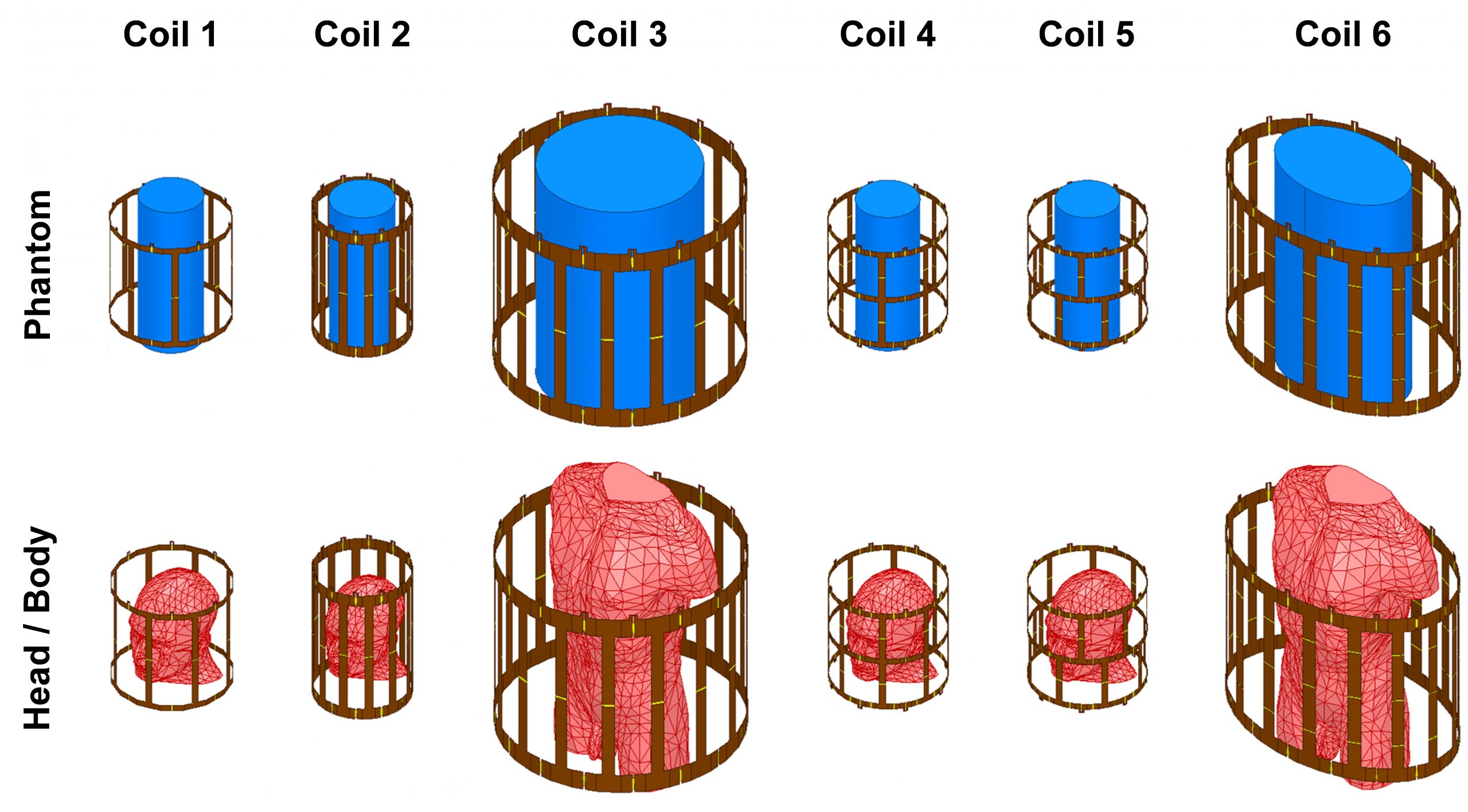A work from UMRAM focused on the fast methods for designing RF transmit array coils resulted in a manuscript entitled “Accelerating the co-simulation method for the design of transmit array coils for MRI.” In this study, the co-simulation method is considerably accelerated for the design of tramsnit array coils. As a proof of concept, an eight-channel degenerate birdcage coil is designed and constructed in a fast and accurate manner. Now, UMRAM facilities are aequiped with this coil, which can be used for head imaging at 3 T. The first author of the paper is Alireza Sadeghi‐Tarakameh who is a PhD student of Ergin Atalar. The other authors of the paper are Ehsan Kazemivalipour, Umut Gündoğdu and Serhat Erdoğan of UMRAM.
Abstract
Objective Accelerating the co-simulation method for the design of transmit array (TxArray) coils is studied using equivalent circuit models.
Materials and methods Although the co-simulation method dramatically reduces the complexity of the design of TxArray coils, finding the optimum solution is not trivial since there exist many local minima in the optimization problem. We propose to utilize an equivalent circuit model of the TxArray coil to obtain a proper initial guess for the optimization process of the co-simulation method. To prove the concept, six different TxArray coils (i.e., three degenerate birdcage coils (DBC), two dual-row head coils, and one elliptical body TxArray coil) with two different loading strategies (cylindrical phantom and human head/body model) at 3 T field strength are investigated theoretically; as an example study, an eight-channel head-DBC is constructed using the obtained values.
Results This approach accelerates the design process more than 20-fold for the coils that are investigated in this manuscript.
Conclusion A fast and accurate method for tuning and decoupling of a TxArray coil can be achieved using its equivalent circuit model combined with the co-simulation method.
